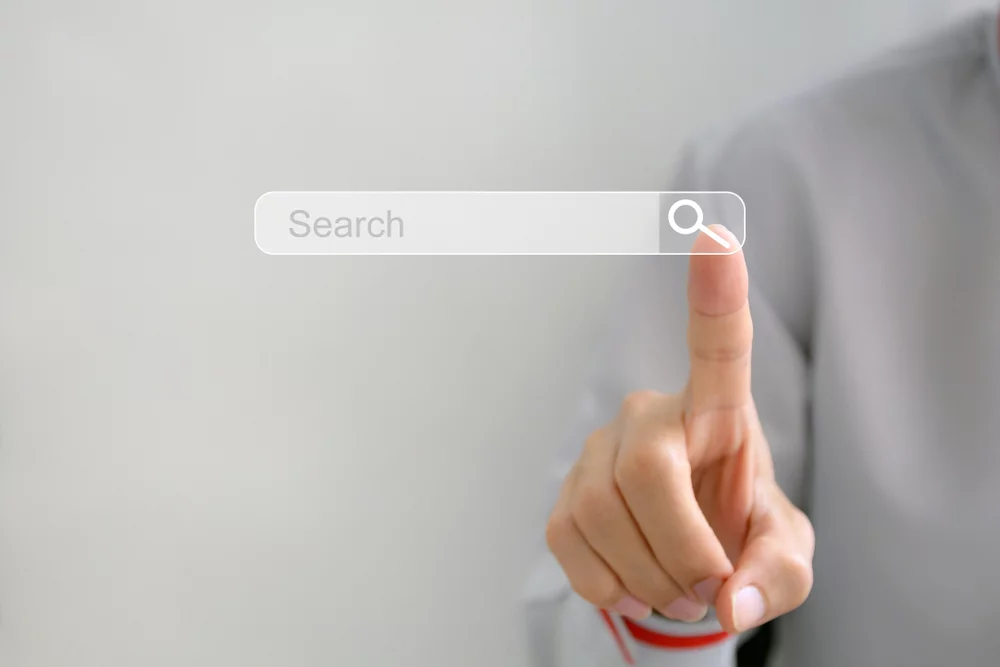Google AdWords has in a beta test a bidding tool called Smart Positioning. The function of this tool aims to place your ad in the most cost-effective position each time it’s displayed. Here are Google’s words in how it works.
How Smart Positioning works.
Here’s an overview of what happens when your campaign is opted in to Smart Positioning:
1. Smart Positioning calculates incremental CPC’s to evaluate the effects on cost and click through rate that would be associated with a higher position for your ad.
2. Once our system determines the incremental CPC for putting your ad in a higher position, it compares the incremental CPC to your maximum CPC bid.
3. Your ad is placed in the highest position possible, as long as both the actual CPC for that position and the incremental CPC are less than your maximum CPC bid.
So essentially, this Google AdWords tool attempts to give its advertisers the best position given recent click data and the bid landscape. It then actually changes the max CPC in the account to reflect the bid it deems most ‘efficient’.
I hate to always be the cynic, but with my history in working with one of the major search engines, I know that ‘helpful’ tools may or may not be as helpful as they are described, but they always work in the favor of the search engine.
Here are some things that make me question the tool and therefore whether I will use it or not in the long run.
1. Since my bids can be changed without my specific knowledge, I am dissuaded.
2. Because Google is providing this ‘help’ to multiple advertisers in competition with each other on the same keyword, I can see a problem developing; either the tool won’t be very effective or certain advertisers will be favored and/or others hurt.
3. Google only provides help in ways that increase revenue as I stated earlier, so I cannot see this costing me less, but quite the opposite.
In conclusion of this early evaluation of a new bidding tool, albeit before it is in wide use, I prefer a bid to position model where I am paying the least possible for a particular position and I have real expectations on my cost and display position. When things can be open ended, Google can take advantage of the account without having to defend their actions. I know what their defense would be when you finally reach a customer service rep- ‘in the terms and conditions it clearly states we can raise your bids’.




